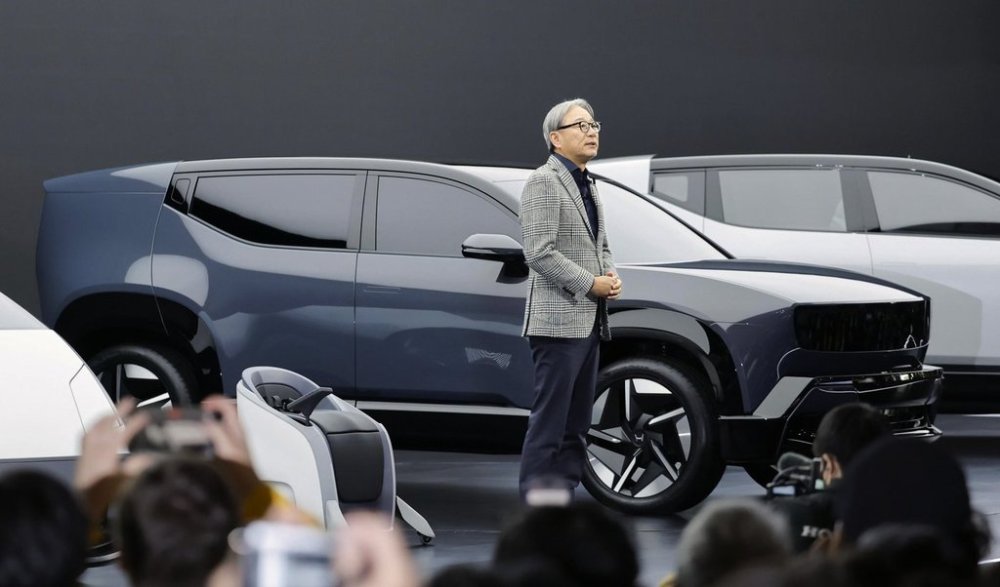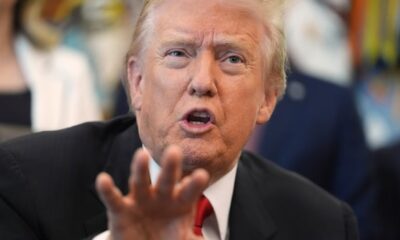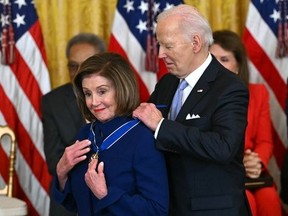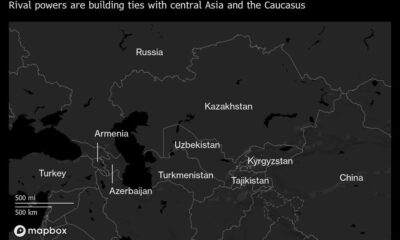World
Honda’s Profit Drops 37% as Tariffs and Chip Shortages Bite

Honda Motor Co. announced a significant decline in its profits for the first fiscal half of the year, attributing a 37% drop to the impact of tariffs imposed by former President Donald Trump. The company reported a profit of 311.8 billion yen (approximately $2 billion) for the period ending September 30, down from 494.6 billion yen the previous year. Despite robust motorcycle sales, the tariffs have created substantial financial challenges for the Japanese automaker.
Sales for the six-month period totaled 10.6 trillion yen (around $69 billion), reflecting a 1.5% decline from nearly 10.8 trillion yen in the same timeframe last year. In light of these results, Honda has revised its profit forecast for the fiscal year ending in March 2026 to 300 billion yen (about $2 billion), representing a staggering 64% decline from 835.8 billion yen reported in the previous fiscal year. Initially, the company had anticipated a profit of 420 billion yen (roughly $2.7 billion).
The financial strain is not solely attributed to tariffs. Honda disclosed that unfavorable currency rates have also negatively impacted its bottom line, costing the company approximately 116 billion yen (around $756 million) in operating profit over the six months. This adverse effect comes even as Honda achieved record motorcycle sales, primarily driven by strong demand in the Asian market, excluding Vietnam. The company sold more than 9 million motorcycles in Asia during the first half, an increase from 8.8 million a year prior.
Sales Trends and Production Challenges
Despite the overall decline, Honda’s motorcycle sales have risen in every global region except Europe. The total number of motorcycles sold globally reached a record 10.7 million units. In contrast, Honda’s vehicle sales fell to 1.68 million vehicles, down from 1.78 million in the previous fiscal half. While vehicle sales increased in North America, they decreased in Japan, other parts of Asia, and Europe.
The tariffs imposed by the United States have significantly affected Honda’s operating profit, resulting in a loss of around 164 billion yen (approximately $1.1 billion) over the six-month period. Honda’s production has also been hampered by ongoing supply chain issues, particularly a shortage of semiconductor chips. This shortage intensified after the Dutch government took control of Nexperia, a company based in the Netherlands and owned by Chinese firm Wingtech Technology, due to national security concerns.
As a result, China halted shipments of chips from Nexperia’s facility in Dongguan, although exports have since resumed. Honda’s plant in Celaya, Mexico, has been idle since October 28, and production adjustments began in North American facilities starting October 27. The company has yet to provide a timeline for when production levels will return to normal.
In response to these financial challenges, Honda’s shares gained 1.8% on the Tokyo Stock Exchange, closing at 1,585 yen (approximately $10).
The challenges faced by Honda underscore the broader impact of international trade policies and supply chain disruptions on the automotive industry. As the company navigates these turbulent waters, its ability to adapt to changing market conditions will be crucial for future profitability.
-

 World4 months ago
World4 months agoScientists Unearth Ancient Antarctic Ice to Unlock Climate Secrets
-

 Entertainment4 months ago
Entertainment4 months agoTrump and McCormick to Announce $70 Billion Energy Investments
-

 Lifestyle4 months ago
Lifestyle4 months agoTransLink Launches Food Truck Program to Boost Revenue in Vancouver
-

 Science4 months ago
Science4 months agoFour Astronauts Return to Earth After International Space Station Mission
-

 Technology2 months ago
Technology2 months agoApple Notes Enhances Functionality with Markdown Support in macOS 26
-

 Politics15 hours ago
Politics15 hours agoSecwepemc First Nation Seeks Aboriginal Title Over Kamloops Area
-

 Top Stories4 weeks ago
Top Stories4 weeks agoUrgent Update: Fatal Crash on Highway 99 Claims Life of Pitt Meadows Man
-

 Sports4 months ago
Sports4 months agoSearch Underway for Missing Hunter Amid Hokkaido Bear Emergency
-

 Politics3 months ago
Politics3 months agoUkrainian Tennis Star Elina Svitolina Faces Death Threats Online
-

 Politics4 months ago
Politics4 months agoCarney Engages First Nations Leaders at Development Law Summit
-

 Technology4 months ago
Technology4 months agoFrosthaven Launches Early Access on July 31, 2025
-

 Top Stories2 weeks ago
Top Stories2 weeks agoFamily Remembers Beverley Rowbotham 25 Years After Murder





















